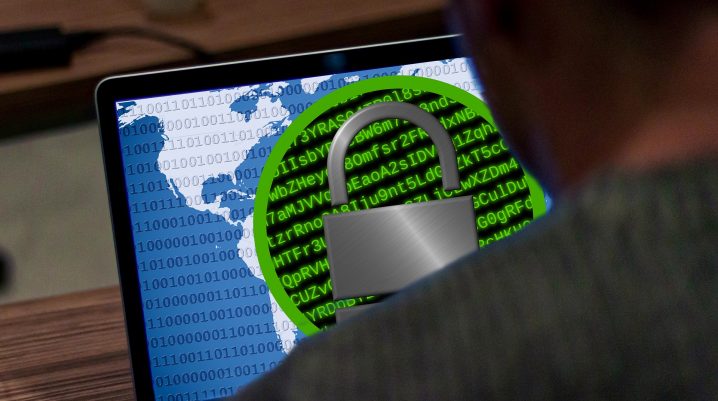
Ransomware attacks are on the rise, and they’re hitting everyone, from individual users to major companies such as FedEx. Cyber-attacks can be crippling for any business, and prevention is key — you need to be aware of the most common mistakes businesses make that leave them vulnerable to attack.
Ransomware is a malicious form of computer virus that encrypts data on infected computers and then typically demands a ransom paid to the creator for the information to be decrypted. The ransom amount requested by cybercriminals typically increases if no payment is made in a certain time frame. The most recent ransomware attacks have caused serious damage to businesses of all sizes, with many reporting significant financial losses due to these attacks. However, it’s possible to protect your business against this growing threat. We’ve gathered 4 of the most common cybersecurity mistakes here — and what you can do to protect your business from them.
Not having a cybersecurity plan or strategy to follow
We are living in a time where most businesses are using the internet. This makes them more vulnerable than ever before to cyber attacks. Cybercriminals are always looking for unprotected victims to exploit, which is why there is a lot of effort put into developing new cyber attacks, known as malware. The best way to protect yourself against cybercriminals is to know what they are doing and how to prevent it.
Having a cybersecurity plan for your business or organization is a must because it keeps you from being a victim of cyber-attacks. An effective cybersecurity plan includes a set of principles and actions to be taken when a cyber-attack occurs. In addition, it outlines steps to be taken to prevent a cyber-attack from occurring. For example, a plan may include a policy that prohibits employees from using personal devices to access company data while traveling.
Having unpatched software installed on your computers
In the last few years, we have witnessed a number of high-profile ransomware attacks that have been conducted with the aid of malware that has been able to penetrate computer systems because the computers were vulnerable due to outdated software not being patched. In some cases, the attackers have been able to use a modified version of a widely used piece of software, such as a PDF reader, to penetrate a network. In other cases, they have sent a malicious email to a user with a link to a website where the user is instructed to download a file. When the user opens the file, they infect their computer. In still other cases, the attacker has been able to penetrate a network using a phishing email that appears to come from a trusted source, such as a trusted bank. In those cases, the attacker often is able to access sensitive information electronically. In almost every case, the attacker has been able to install malware on the computer that is then used to infect other machines or to conduct other attacks on the computer.
Well, we know that unpatched software is a terrible idea. It’s a fact that unpatched software makes you vulnerable to hackers. But, what does it mean when we say unpatched software? It means that your computer is running software that is outdated, has no security patches, and is vulnerable to attacks. This is very important because unpatched software is responsible for most of the attacks that we face nowadays.
Not preparing for ransomware threats and attacks
With the recent rise in ransomware attacks, it’s important to know a bit about this cyber threat. Ransomware is a form of malicious software that threatens to hold your computer or files hostage in exchange for a payment to unlock it. This type of cyber threat can spread easily and can cause great harm to your company and its reputation if left unaddressed. Even relatively small businesses can be targeted and should be prepared to take action if such an attack occurs. If you haven’t prepared for ransomware attacks, there’s no time like the present to take action.
The first thing you need to consider is your company’s security software and hardware. This isn’t just about keeping your data backed up and protected. It’s also about keeping your hardware and software up to date. Better yet, hire skilled professionals to conduct a full security audit and inform you on important actions to take to prevent a ransomware attack. Hackers and cybercriminals are always developing new ways to access your data and wreak havoc on your business. It’s your responsibility as a business owner to be well informed and prepared.
Using the same password for multiple accounts
A strong passphrase is a vital factor in protecting your website from a security breach. Having a strong password will deter the majority of cybercriminals from trying to break into your site. Experts recommend a minimum of 13 characters. You can also use a phrase as opposed to a single word as it is harder to crack. A combination of upper and lowercase letters, as well as numbers and special characters, is also recommended.
